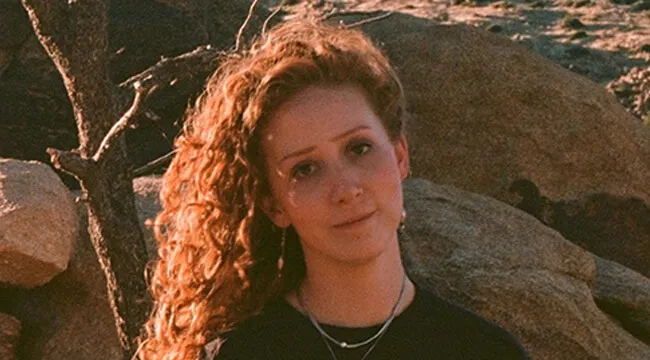English professor Noah Warren invited Elena Saavedra Buckley, senior editor at Harper’s Magazine and contributor to many publications, to speak to his students earlier this spring. After her talk, I had the chance to speak to her about her experience as a writer and editor, how she gets inspired, and advice for students looking to break into journalism.
When asked to describe herself, her work, and the intersections between the two she commented on how occupying the role of both editor and writer can be a difficult balance. All and all, she defines herself as a generalist. When wearing her editing hat she is drawn to work and writers who, “have a strong perspective and a commitment to their reporting, no matter what a given piece is about” – those who can think outside of the box and persuasively discuss the big ideas behind a story. In her own writing she is inspired by “cultural phenomena” and anything that pulls back the curtain of mass culture. She writes about the ambitious, the utopian, and misunderstood passions.
For those interested in journalism, Buckley encourages confidence and resilience. She notes how, “The journalism industry is made up of some brilliant and inspiring people…But it's also shrinking and unstable.” Yet, in the face of this reality, she urges young writers to understand the what and why of their passion. “I would encourage people interested in going into it to be confident in their tastes and desires, and to know what kind of journalism they want to do. If you have a clear sense of why this is the way you want to express your curiosity and writing chops—over any other field that can make a difference or provide artistic fulfilment—you'll be able to navigate the rough waters.” Taking her own advice, she comments on how writing “within her wheelhouse” helped her build a portfolio and get published by magazines like The New Yorker, i-D, and The New York Times.
As most of her work is culturally focused, much of her portfolio is interview based. When asked about her approach to speaking with subjects from celebrities like directors Richard Linklater and Sean Baker to Colorado natives enmeshed in a cremation scandal, Buckley focuses on the uncertain and sometimes surprising aspects of a conversation, “In all, though, you want to balance a sense of how a person contributes to the bigger story you're writing with accepting that you have no idea what they're going to say and how your perspective on them will change after the conversation.”
For those looking for a new read, Buckley recommends Picture by Lillian Ross, a compilation of early 1950s New Yorker stories by Ross about the making of the film The Red Badge of Courage. She notes how, “Unlike a lot of today's creative journalism, it never "zooms out" or explicitly describes the ideas or topics behind the piece.” Rather, she admires Ross’ journalistic process, how she, “gets into every room she can and shows exactly how the film falls apart, and in doing so she demonstrates how art exists at the mercy of corporate shareholder values and executive idiocy.”
